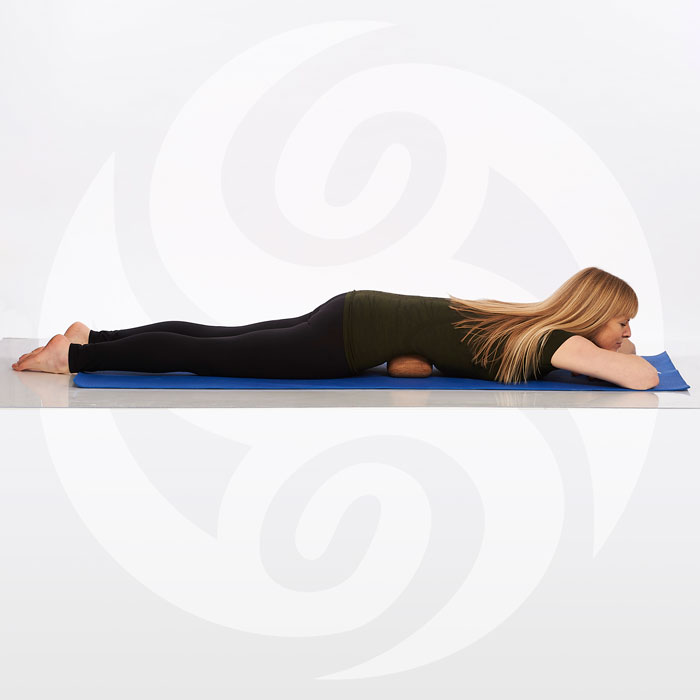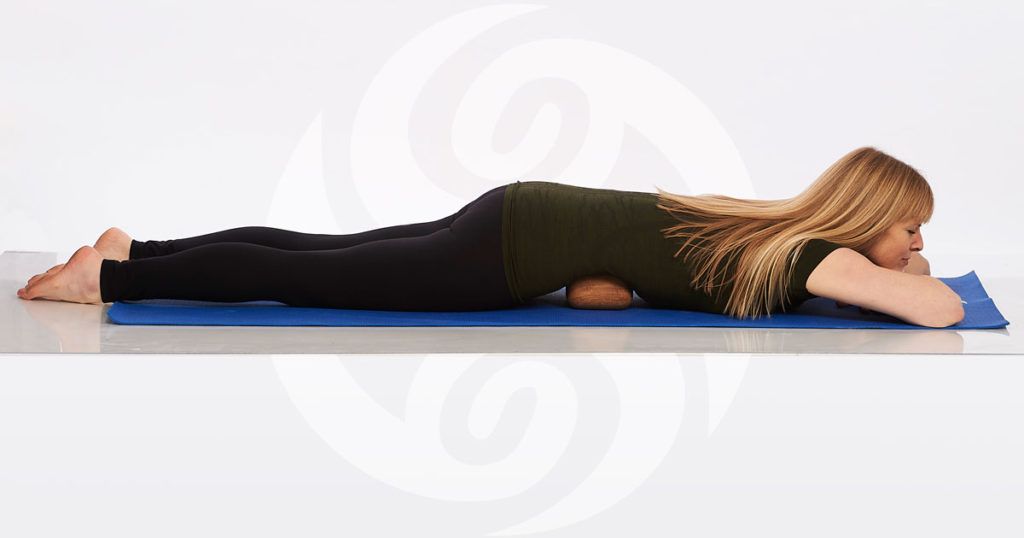What is Block Therapy? – The Practice

As discussed in the two previous blogs, Block Therapy addresses the adhesions and frozen tissue in the fascia system. Diaphragmatic breathing and the diaphragm are the furnace that warm the core. The combination of the Block and diaphragmatic breath, melts through adhesions and restrictions, bringing our cells, and our bodies, back into alignment.
You will hear me often use the term Fluid Isometrics. The difference between Fluid Isometrics and Block Therapy is Fluid Isometrics is the name of the therapeutic practice, and Block Therapy is its self-care form. Fluid Isometrics uses a practitioner’s hands and other body parts (feet, knees, forearms . . .) to provide pressure. Block Therapy enables you to achieve the same results with a Block Buddy, specifically designed to melt through layers of adhesion and scar tissue.
When it comes to fascia and posture, our challenge is that the fascia grips and seals to bone with tremendous magnetic force, up to 2000 lbs per square inch. It must do so in order to counter the constant drag of gravity and maintain balance and stability. The fascia follows a spiral pattern, as this is how energy travels — in waves and spirals.

Fluid Isometrics and Block Therapy move into the spirals to release adhesions. This awakens cells previously blocked from flow and changes every aspect of your being. When you learn how to support your fascia, your body becomes more than just a physical container for survival. It becomes your means to thrive.
Using a tool called a Block Buddy, a person lies over the Block Buddy in various positions throughout the body for a minimum of 3 minutes. This creates pressure in the areas, which stimulates circulation. Through the practice of diaphragmatic breathing, the body’s internal furnace is switched on, creating an increase in the overall temperature of the fascia. The combination of external pressure from the Block Buddy and diaphragmatic breath effectively melts the adhesions to promote optimal flow throughout the entire body.

“My doctor would prescribe muscle relaxants that would provide some relief. Since starting Block Therapy, I have not had this debilitating back pain.” ~ Kristine W
Understanding the mechanics of cellular health can be overwhelming, but really it is simple if you understand the fascia and its role. There is a lot of confusion out there because it is only recently that attention has been given to the fascia system. Simply put, fascia needs to be properly aligned so fluids can travel freely. When there are blocks from compression and a cooling from incorrect breathing, flow to and from cells is compromised.
We accept aging as a normal fact of life. Pain, aging and disease are realities we face and deal with as the need arises. However, there is an approach that will turn back the hands of time and take your tissue in the opposite direction from compression. Block Therapy puts back into the tissue the space that time and gravity have taken away. Through fascial decompression, Fluid Isometrics and Block Therapy were born.
Block Therapy is all about teaching you how to take care of your fascia. It is the next generation of bodywork and self-care.
Give this one minute video a watch. It quickly and succinctly explains what Block Therapy is. If you want more information like this, be sure to subscribe to our YouTube channel https://www.youtube.com/user/fluidisometrics
The best part about Block Therapy is that if you do it, you understand it. The proof is in the practice.
Breathe & Believe
Next Week: The Birth of Block Therapy – Part 1







Responses